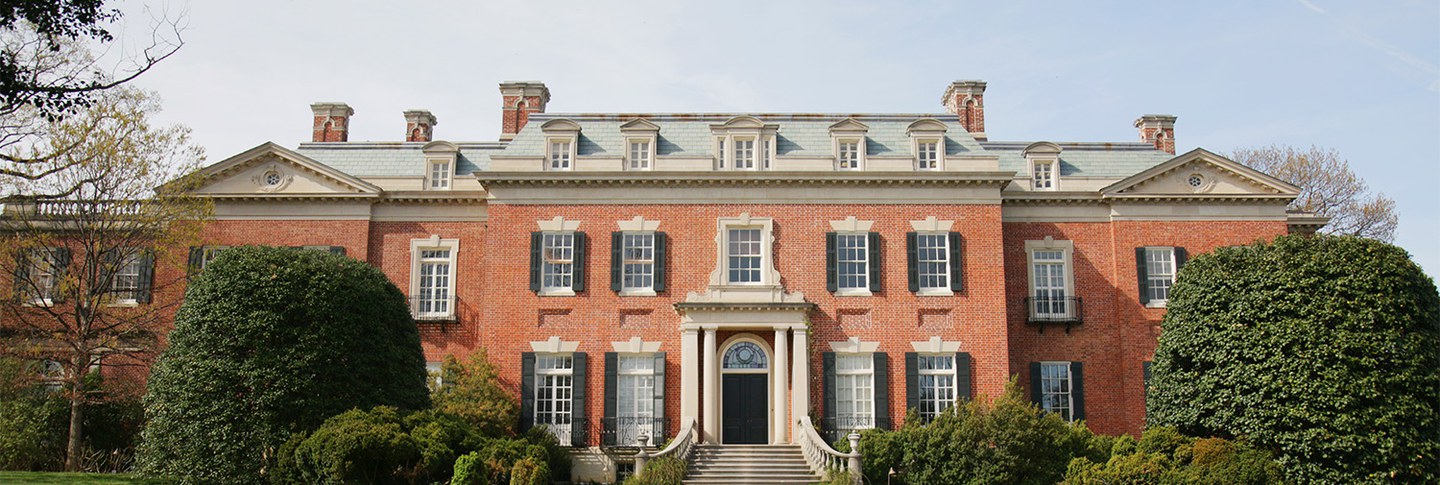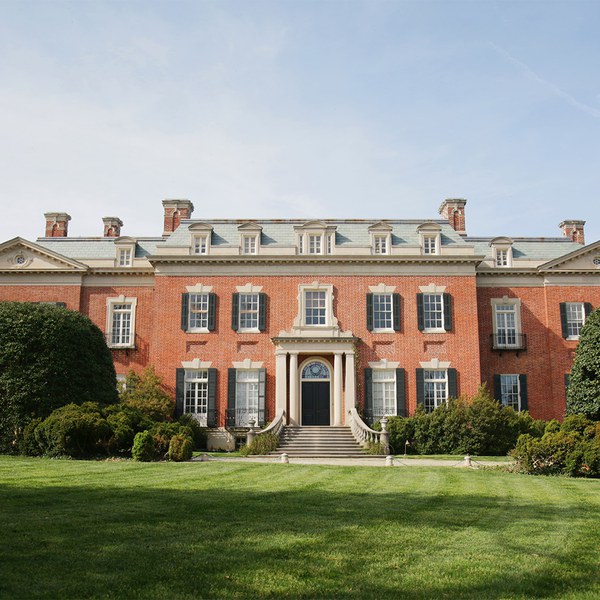For Immediate Release
July 16, 2019
Media Contact:
Erica Bogese
Communications Manager
(202) 749-8978
bogesee@doaks.org
Dumbarton Oaks Museum
September 10, 2019—January 5, 2020
WASHINGTON —Individuals in medieval Egypt went to their graves wrapped in brightly colored and sophisticated fabrics that preserved traces of their wearers in folds and stains. Ornament: Fragments of Byzantine Fashion, on view at the Dumbarton Oaks Museum from September 10 through January 5, 2020, is the first exhibition to put on show close to 60 such pieces from the Dumbarton Oaks Byzantine textile collection, long familiar to researchers for its quality and rarity but mostly unknown to the larger public. The installation emphasizes the visual splendor of these 4th to 14th century CE textiles while examining their history as grave goods, modernist art objects, archaeological artifacts, and crucial tools for understanding long-lost lives.
“We understand ever better that words allow access to only a small part of the past. Take the English text, which derives ultimately from the Latin verb for weaving. The noun was applied first mainly to the wording of the Bible, but came later to refer to other types of written accounts or documents,” said Jan Ziolkowski, director of Dumbarton Oaks Research Library and Collection. “To picture bygone days and peoples, we are blessed when we can supplement writings with such material objects as textiles. This installation enables visitors to our museum to travel back to life—and death—as they were experienced more than a millennium ago. It is amazing and humbling that such delicate and intimate items have survived for us to admire.”
The dress textiles in Ornament: Fragments of Byzantine Fashion reveal 1,000 years of life across a broad swath of society: from childhood to adulthood, paganism to Christianity to Islam, the everyday to the elite. Glittering examples of Byzantine jewelry intended to accessorize garments are also on exhibit, as well as several complete tunics for adults and a child. The exhibition offers viewers a rare opportunity to see stunning examples of ancient and medieval fashion, since textiles are highly perishable and can be displayed only for limited periods.
The exhibition considers the complicated role museums and collectors have played in shaping our understanding of dress practices in the days of Byzantium. In the nineteenth and early twentieth centuries, dealers cut Byzantine garments into pieces for sale on the market. A loan from the Metropolitan Museum of Art showcases many such fragments sewn onto album pages by a seller around 1910.
A free digital catalogue will provide descriptions and bibliographies for the featured objects and approximately 150 other textiles held in the Byzantine Collection at Dumbarton Oaks. Elizabeth Dospěl Williams, Assistant Curator of the Byzantine Collection, and Gudrun Bühl, Director of the Museum für Lackkunst, Münster, curated Ornament: Fragments of Byzantine Fashion. They also curated the concurrent Woven Interiors: Furnishing Early Medieval Egypt at the George Washington University Museum and The Textile Museum (together with that museum’s Senior Curator Sumru Belger Krody), which displays loans from other prominent museums including many furnishing textiles from Dumbarton Oaks, such as the major monument “Hanging with Hestia Polyolbus,”
“Clothing and jewelry offer an intimate and poignant entry point for considering the lives of late antique and Byzantine Egyptians. At the same time, the fragmentary vestiges of their clothes have captured the imagination of artists, designers, dealers, and collectors in our time,” said Dospěl Williams. “We hope that visitors will engage with people across the gulf of many centuries through the relatable medium of dress, feeling inspired by the vibrant colors and imaginative ornamental motifs on the textiles themselves.”
###
About Dumbarton Oaks:
Dumbarton Oaks is a Harvard research institute, library, museum, and historic garden located in Washington, DC. The institution emerged thanks to the imagination and legacy of Robert and Mildred Woods Bliss, collectors of art and patrons of the humanities. The museum houses world-class galleries of Byzantine and Pre-Columbian art, two areas of interest to the Blisses. A third collection of a different sort exists in the historic garden, which Mildred Bliss created in close collaboration with renowned landscape designer Beatrix Farrand. The garden provides a resource for Garden and Landscape Studies. Since 1940, when the Blisses gifted the estate and collections to Harvard University, Dumbarton Oaks has supported the advance of knowledge in the three areas of Byzantine, Pre-Columbian, and Garden and Landscape Studies through a fellowship program and other awards; scholarly conferences; publications; and digital initiatives. In recent years, Dumbarton Oaks has extended its service to the community, already evident in the museum, garden, and public events, by developing collection-based educational programs for DC students.
The founders, Robert Woods Bliss and Mildred Barnes Bliss, called upon future policy-makers “to remember that Dumbarton Oaks is conceived in a new pattern, where quality and not number shall determine the choice of its scholars; that it is the home of the Humanities, not a mere aggregation of books and objects of art; that the house itself and the gardens have their educational importance and that all are of humanistic value.” These ambitions continue to guide Dumbarton Oaks, but with close attention to ensuring that the Blisses’ “new pattern” retains its vitality through constant renewal.
The research institute’s location in Washington, DC, is no accident. Robert Bliss was a diplomat who enjoyed a distinguished career in the Foreign Service and eventually served as Ambassador to Argentina. Dumbarton Oaks is known for hosting the Dumbarton Oaks Conversations, a series of important diplomatic meetings in 1944, at the height of the Second World War, whose outcome was the United Nations charter that was adopted in San Francisco in 1945. At these meetings, delegations from China, the Soviet Union, the United Kingdom, and the United States deliberated over proposals for the establishment of an organization to maintain peace and security in the world.
The historic garden and museum are the public face of Dumbarton Oaks and receive thousands of visitors each year. The garden is perhaps the last remaining landscape in North America that hews closely to the original Farrand design; it was voted by National Geographic one of the ten best gardens in the world. Buildings of architectural importance on the Dumbarton Oaks campus are the Pre-Columbian Pavilion, the museum wing housing the Pre-Columbian Collections, designed by Philip Johnson and completed in 1963, and the research Library designed by Venturi, Scott, Brown and completed in 2007.
Visiting the Museum
The Dumbarton Oaks Museum is free and open to the public, located at 1703 32nd Street, NW, Washington, DC. Museum hours: Tuesday—Sunday, 11:30 am to 5:30 pm. The Museum is closed Mondays and major holidays.
Learn more at www.doaks.org.

